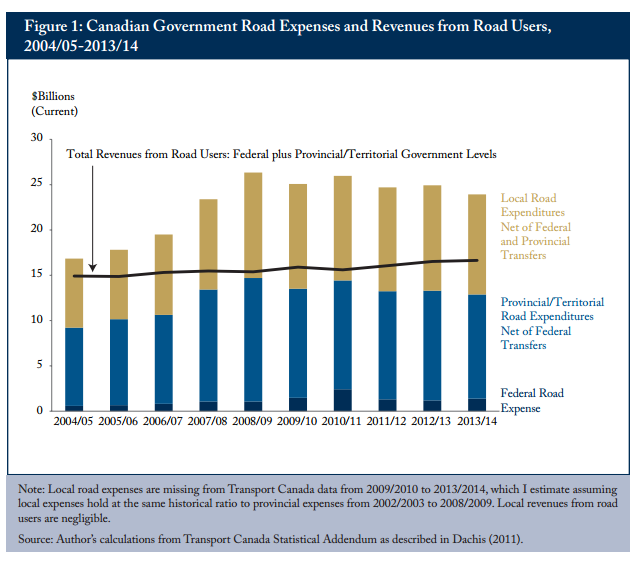Coming Infrastructure Boom Requires Discipline in Order to Succeed
January 13, 2016 – Canadian governments need to spend wisely in order to maximize their infrastructure dollars, according to a new C.D. Howe Institute report. In “Getting More Buildings for our Bucks: Canadian Infrastructure Policy in 2016,” author Benjamin Dachis provides Canada’s federal, provincial and municipal governments with a blueprint for sound infrastructure investment.
“Billions will be committed to infrastructure spending in 2016,” commented Dachis. “It is critical that governments invest in smart projects and do so using best practices.” The report has recommendations for all three levels of government:
- Federal: According to the author, the new federal government should target infrastructure spending on areas with the greatest intergovernmental spillovers. The federal government should revise the way it provides grants to lower levels of governments to reduce the potential blurring of accountability and perverse incentives for lower-level governments to spend money on projects with limited economic benefits. As well, the federal government should reconsider its plans for an Infrastructure Bank, as a lower interest rate is not a sufficient argument for the federal government to take on borrowing.
- Provincial: Current government revenues from road users, like gas taxes and vehicle licenses, do not fully cover government roadway expenses. Fuel taxes and vehicles licences also do little to relieve congestion. Provincial governments should instead look to expand road pricing on highways and roads wherever feasible to finance infrastructure. For example, Ontario is taking tentative first steps on road pricing through a pilot High Occupancy Toll (HOT) lane. The ring roads in Calgary and Edmonton are also ideal locations for HOT lanes, as are new highway expansions in other provinces.
- Municipal: Canadian cities, particularly those in the Greater Toronto Area, should sell electricity distribution companies to generate funding for the kinds of infrastructure that governments necessarily must own. Cities should also put their budgets on the same accounting standard as in their own financial statements, as higher levels of government have done. Finally, cities should increasingly rely on users to finance infrastructure and reduce their reliance on development charges and reserve funds.

“Financing infrastructure with deficits has an economic cost,” Dachis concludes, “As governments expand their investments in critical infrastructure, they should ensure they are investing in the right projects with highest long-run returns, not necessarily the shovel-ready ones.”







